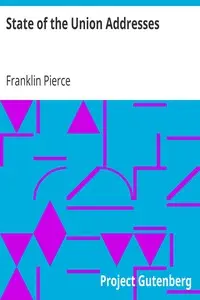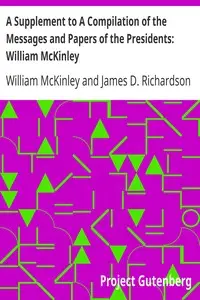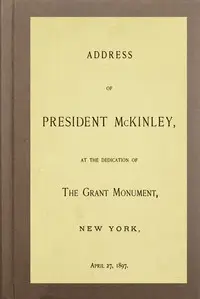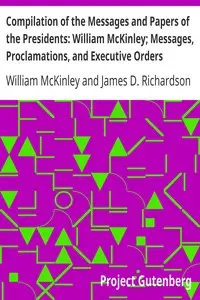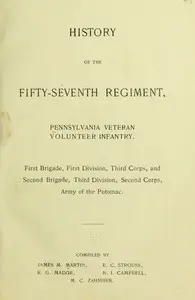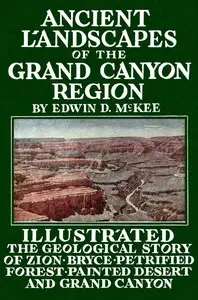"State of the Union Addresses" by William McKinley is a compilation of important speeches from the late 1800s, highlighting the president's views on America's most challenging issues. The speeches cover an era of great change and reveal McKinley's strategies for the country, especially regarding money, military actions, and relationships with other countries like Cuba and Spain. The first address, given on December 6, 1897, starts with McKinley greeting Congress, emphasizing how important it is for everyone to work together. He talks about things like tariff laws and the need to fix the country's money system, urging the country to build a strong financial base. McKinley clearly explains the U.S. government's duties in dealing with conflicts abroad, particularly the problems between Spain and Cuba, and shows the country's worry for the people affected and the effect on global politics; this introduction sets the scene for a deep look at the country's problems and shows McKinley's hopes for peace, a stable economy, and America's role in the world.

State of the Union Addresses
By William McKinley
Enter the world of late 19th-century America, where presidential speeches tackle national unity, economic reforms, and tense foreign relations, all while aspiring for peace and stability on the global stage.
Summary
About the AuthorWilliam McKinley was the 25th president of the United States, serving from 1897 until his assassination in 1901. A member of the Republican Party, he led a realignment that made Republicans largely dominant in the industrial states and nationwide for decades. He presided over victory in the Spanish–American War of 1898; gained control of Hawaii, Puerto Rico, Guam, and the Philippines; restored prosperity after a deep depression; rejected the inflationary monetary policy of free silver, keeping the nation on the gold standard; and raised protective tariffs.
William McKinley was the 25th president of the United States, serving from 1897 until his assassination in 1901. A member of the Republican Party, he led a realignment that made Republicans largely dominant in the industrial states and nationwide for decades. He presided over victory in the Spanish–American War of 1898; gained control of Hawaii, Puerto Rico, Guam, and the Philippines; restored prosperity after a deep depression; rejected the inflationary monetary policy of free silver, keeping the nation on the gold standard; and raised protective tariffs.






